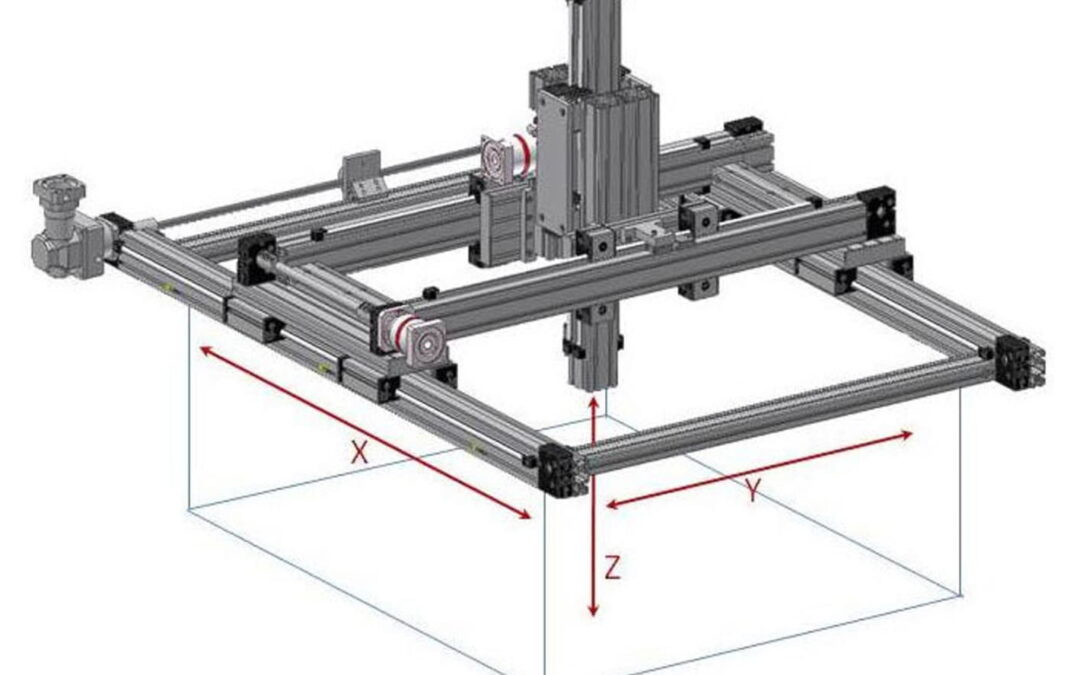Gantry systems have revolutionized industries by offering precise and efficient automation solutions. These versatile machines come in various types, each tailored to specific applications. In this article, we’ll delve into the world of these systems and help you decipher which type suits your needs.
1. Cartesian Gantry Systems
They move along orthogonal axes (X, Y, and Z) and are perfect for applications that require straightforward linear motion. These systems are often used in pick-and-place operations, CNC machining, and 3D printing. If your project demands accurate point-to-point movements, a Cartesian gantry system might be your best bet.
2. Articulated Gantry Systems
With multiple rotary joints, these gantries can maneuver through complex paths and reach confined spaces. They’re widely used in tasks like welding, painting, and assembly of intricate components. If your project involves working on irregular surfaces or tight corners, an articulated gantry system could be your solution.
3. Overhead Gantry Systems
The overhead gantry is mounted on elevated structures, saving valuable floor space. This type is ideal for applications where obstacles on the ground prevent the use of traditional systems. Industries such as logistics, where efficient material handling is vital, benefit from the versatility of overhead gantry systems. If you’re dealing with limited space or require unobstructed floor movement, this type might be your answer.
4. Planar Gantry Systems
When horizontal movement is insufficient, planar gantry systems come to the rescue. These systems combine vertical and horizontal motion, enabling precise positioning in three-dimensional space. They’re extensively used in tasks like inspection, laser cutting, and automated testing. If your project demands movement in multiple directions, a planar gantry system could be the key to your success.
5. Custom Gantry Systems
Sometimes, a project’s uniqueness demands a custom system. Tailored to your specifications, these systems can integrate various motion types and control mechanisms. Whether it’s an unconventional workspace or an innovative idea, a custom gantry system can be engineered to meet your precise requirements.
Conclusion
In conclusion, the world of gantry systems is rich and diverse, offering solutions for various automation needs. Each type has its own strengths and applications. To find the right gantry system for your project, consider factors like the required motion range, precision, space availability, and the complexity of the task. Whether you opt for a Cartesian, articulated, overhead, planar, or custom gantry system, the choice depends on aligning the technology with your project’s unique demands.

